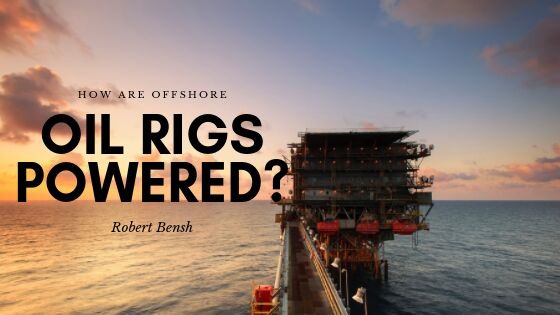Offshore oil and gas production is an important aspect of the oil and gas industry. Deposits located offshore are normally far larger than those located on land. As a result, oil companies are looking to prioritize these offshore deposits in order to become more profitable.
Offshore oil and gas deposits may be bigger, but they also present more challenges. One of the biggest difficulties associated with offshore deposits is powering the oil rig. Getting power to the offshore location is a difficult task, as is finding a power source that is sustainable and cost-effective.
Equipment Requiring Power
A significant amount of equipment on an offshore rig require power. The equipment used to drill the oil, such as such as a crane and hoisting system, large engines, a turntable and pumps, all require power. Rigs also require power to extract and produce the oil through an electric motor that pulls the oil up the well.
How is Power Supplied?
Rigs are normally powered through diesel generators. These are no ordinary generators, however. Conditions on offshore rigs are challenging and ever-changing. This requires generators built of materials that can stand up to the harsh wind and temperatures. They also have special coatings that protect them from water and saline. Since maintenance workers are rarely able to visit the offshore locations, these generators need to be built so that they don’t require frequent upkeep.
Gas generators may also be used, but they are generally more expensive than their diesel counterparts and require regular maintenance.
New Methods of Generating Power
Oil and gas generators are not the only methods we have of powering offshore rigs. As technology advances, we’re starting to see an increasing number of creative options. One new method is using subsea cables. Subsea cables run under the water to connect an offshore rigs to power sources on shore. When rigs use these cables, they have more extra space where a generator normally would be, and also eliminate CO2 emissions from the platform.
Another way of powering rigs without diesel generators is by using wind farms. The turbines of the wind farms will generate power that the rigs can utilize instead of diesel or gas. Wind farms also produce less CO2 emissions than the traditional power methods.
Today, generators on the rig are normally used to produce the power needed to drill for oil, but this could be changing in the near future.
